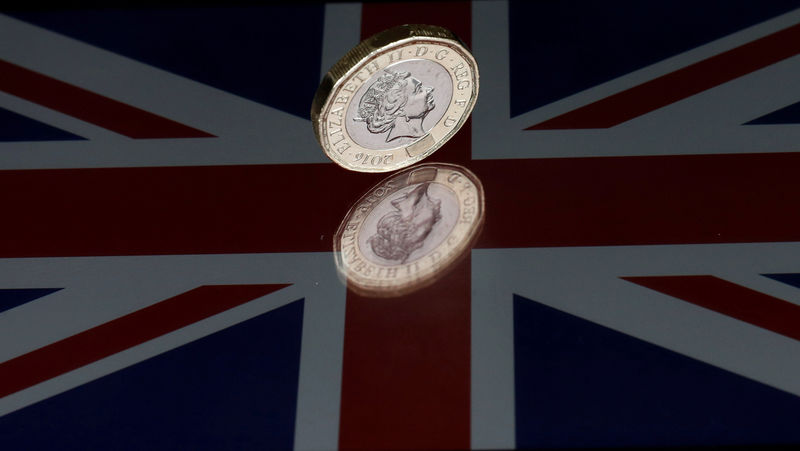ExchangeRates.org.uk - At time of writing the GBP/USD exchange rate traded at around $1.2803. Up roughly 1.2% from last week’s opening levels. The Pound (GBP) initially tumbled last week, as the UK’s finalised manufacturing PMI for June saw growth in the factory sector revised lower. Sterling sentiment quickly recovered as an improving market mood reflected positively on the increasingly risk-sensitive currency. The sharp appreciation of the GBP/USD in the middle of the week was aided by the release of the UK’s latest services PMI, as activity in the vital sector was revised higher in June’s finalised index. The focus for GBP investors in the second half of the week then turned to the UK general election. While Labour’s landslide victory has already been priced in by GBP investors ahead of time, there was a bit of room for GBP/USD to appreciate amid hopes the new government will usher in a new period of political stability, after a chaotic few years under the Conservatives.
Ipek Ozkardeskaya, senior analyst at Swissquote Bank, said: ‘With the general election behind us - and more political uncertainty and hopefully less scandals ahead - the Labour win is seen as being net positive for the pound and the British stocks. Cable fell from near $1.50 pre-Brexit to almost parity at the peak of the Tory disillusion with Liz Truss mini budget crisis, the changing government gives hope that at least a part of the weakness could be recovered.’
US Dollar (USD) Slides as on Fed Rate Cut Speculation
The US Dollar (USD) fluctuated at the start of last week, with the safe-haven currency initially attracting some support amid a cautious market mood. USD exchange rates then began to weaken in the wake of comments from Federal Reserve Chair Jerome Powell. Speaking on a panel at the European Central Bank’s (ECB) Sintra forum Powell suggested that recent US inflation figures ‘do suggest that we are getting back on a disinflationary path’. The USD selling bias was then reinforced in the middle of the week with the publication of some disappointing US data. A surprise drop in ADP employment figures triggered an initial dip in the US Dollar, before the selloff accelerated after the latest ISM services PMI reported a surprise contraction in US service sector growth last month. Closing out the week was the publication of the latest US non farm payroll figures, with the US Dollar extending its losses as a slowing US labour market underpinned Fed rate cut bets.
GBP/USD Exchange Rate Forecast: Slowing US Inflation to Extend US Selloff?
Looking to the week ahead, the Pound to US Dollar (GBP/USD) exchange rate may continue to appreciate and potentially test new highs as the US publishes its latest consumer price index. June’s CPI figures are forecast to report that US inflation continues to cool, with economists predicting price growth will fall to its lowest levels since the start of 2024. This could stoke bets the Fed will begin cutting interest rates sooner rather than later and place significant pressure on USD exchange rates. The USD selloff may be compounded if Jerome Powell strikes a dovish chord again when he testifies before Congress on Tuesday. Meanwhile, GBP investors will be focused on Kier Starmer’s first few days in office as they look to the new government to outline its policy priorities. Also influencing Sterling will be the publication of the UK’s latest GDP figures. Economists forecast May’s monthly growth figures will report a modest expansion in the UK economy, potentially offering some support to the Pound in the latter half of the week.
This content was originally published on ExchangeRates.org.uk
